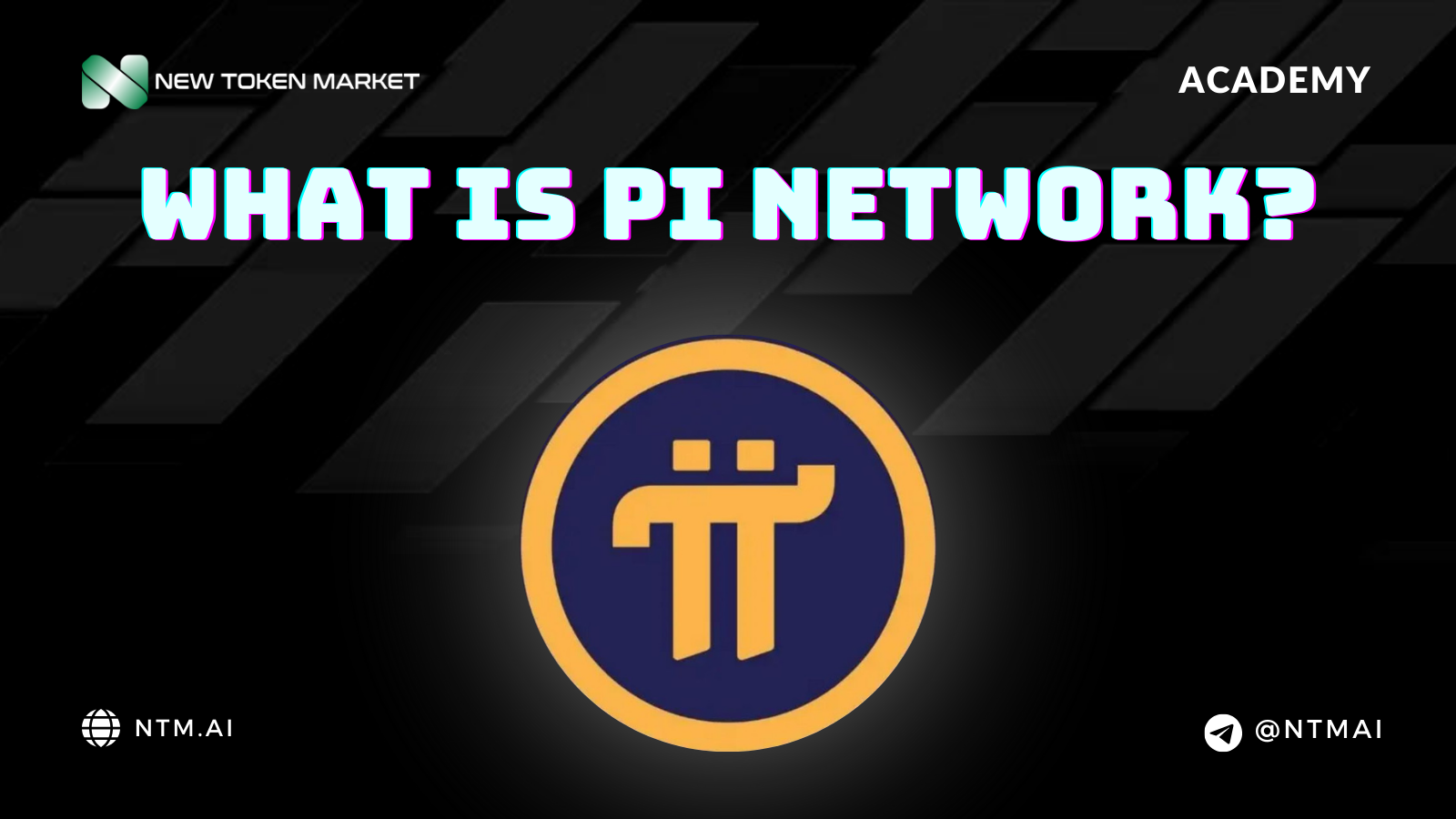
What is Pi Network?
What is Pi Network?
Pi Network is a cryptocurrency project developed by Stanford University graduates in 2019, allowing users to mine Pi Coins through their mobile devices without consuming excessive energy. Unlike traditional cryptocurrencies like Bitcoin, Pi Network provides a mining system that does not require high processing power, enabling users to earn Pi Coins simply by using a mobile application.
The project's primary goal is to build a decentralized financial (DeFi) ecosystem while making blockchain technology accessible to a wider audience.
How Does Pi Network Work?
Pi Network uses the Stellar Consensus Protocol (SCP) algorithm to make the mining process more democratic. Users can mine Pi Coins by downloading the Pi Network application on their mobile devices and logging in every 24 hours.
Pi mining operates through four main roles:
- Pioneer: Earns Pi Coins by logging in daily.
- Contributor: Adds trusted users to their network to earn additional rewards.
- Ambassador: Gains more Pi Coins by inviting new users to the system.
- Node: Runs a specialized software to secure the Pi Network.
This system allows users to mine Pi without requiring large-scale mining hardware or putting excessive strain on their phones.
Advantages of Pi Network
- Low Energy Consumption: Unlike traditional mining systems that consume a lot of energy, Pi Network uses almost no electricity.
- Accessibility: Anyone can mine Pi using a simple mobile application.
- Community-Based Structure: The ecosystem grows with user participation.
- DeFi Potential: In the future, Pi may be used across different platforms.
Risks and Criticism of Pi Network
- Centralized Structure: Pi Network is currently a fully centralized system and does not yet have a fully operational blockchain network.
- Unclear Real-World Use Case: Pi Coins are not yet listed on major exchanges and do not have an established real-world use case.
- Pyramid Scheme Allegations: Some critics argue that Pi Network operates similarly to a pyramid scheme, as users earn more by inviting others.
Future of Pi Network
As of 2024, the Pi Network team aims to establish a fully decentralized blockchain network and list Pi Coins on major exchanges. However, transparency and credibility will be crucial for its success. If the project succeeds, Pi Network could become a significant player in the crypto world.
Conclusion
Pi Network is an innovative project that makes cryptocurrency mining accessible to everyone. However, its future remains uncertain, and it is essential to conduct thorough research before investing. If Pi Network successfully achieves its goals, it could become a major platform with a vast user base in the cryptocurrency space.
